
Social Inclusion and Architecture: How can we better?
Introduction
Imagine a cityscape in which every street corner, building, and public place exemplifies inclusivity and equity. The architecture offers a tale of belonging and acceptance, welcoming people from various backgrounds, abilities, and identities with open arms. This goal of a completely inclusive built environment is more than a pipe dream; architects and designers all over the world are working hard to make it a reality.
Architecture, which is sometimes described as the art of shaping space, has an enormous capacity to influence our lives in fundamental ways. Aside from its functional and aesthetic elements, architecture can promote social inclusion and equity by providing environments that celebrate variety and develop a feeling of community. Whether it’s a bustling urban center or a calm suburban neighborhood, the architecture of our built environment has a significant impact on how we interact, perceive, and experience things.
In recent years, there has been an increasing awareness of the significance of planning for social inclusion in architecture. This is more than just guaranteeing physical accessibility; it’s about building surroundings that foster connection, understanding, and empathy. It is about breaking down physical and social barriers and bridging the gap between people from diverse backgrounds.
In this blog post, we invite you to accompany us on a journey into the realm of inclusive architecture, where creativity meets compassion, and innovation meets inclusivity. Together, we’ll look at what social inclusion means in architecture, learn about inclusive design principles, and see examples of pioneering projects that exemplify these ideas. By the end of our trip, we aim to have inspired you to consider architecture as more than just a profession, but also as a strong force for positive global change.
What is Social Inclusion in Architecture?
In architecture, social inclusion is more than simply a phrase; it is a guiding principle that influences how we create and live our built environment. At its foundation, social inclusion in architecture is building places that accept diversity, promote equity, and encourage a sense of belonging for everyone who use them.
Imagine entering into a building and being immediately welcomed, regardless of your history, ability, or identity. That is the essence of social inclusion in architectural design. It’s about creating environments that are accessible to everyone, regardless of physical restrictions, and that meet a variety of requirements and preferences. However, it extends beyond mere accessibility to create environments in which people feel appreciated, respected, and empowered to fully engage in their communities.
Social inclusion in architecture is based on the notion that everyone has the right to live, work, learn, and play in settings that are secure, pleasant, and dignified. It is about removing physical and social barriers that prohibit certain groups from properly interacting with their surroundings. By emphasizing social inclusion in our designs, architects can create spaces that not only reflect the diversity of the populations they serve but also actively promote social justice and equity.
Inclusive architecture takes into account a variety of factors, including building layout and accessibility, construction materials, and the cultural sensitivity of design components. It demands architects to consider all users’ needs and experiences holistically, taking into account aspects like as age, gender, ethnicity, socioeconomic background, and disability.
Ultimately, social inclusion in architecture is about creating spaces that celebrate the richness of human experience and enable everyone to participate fully in society. It’s a vision of architecture that is not only beautiful and functional but also deeply compassionate and inclusive.
Principles of Inclusive Design
Inclusive design is an organizing principle for social inclusion in architecture. It includes a collection of ideas and practices that render environments accessible, useable, and accommodating to individuals of different abilities, backgrounds, and identities. At its core, inclusive design aims to dissolve barriers to participation and promote equal possibilities for all.
Universal Design
Universal design is the idea that builds or goods should be developed to be available to all individuals as possible, without requiring special adaption or specialized design. This principle acknowledges that diversity is an inherent element of the human experience and aims to develop environments that serve a wide range of abilities and preferences.
Accessibility
Accessibility is crucial for inclusive architecture, as it guarantees that environments are usable by individuals with disabilities. This entails ADA-compliant amenities like ramps, elevators, and tactile signage for people with mobility or sensory impairments, in addition to worries for those with cognitive or neurodevelopmental problems.
Flexibility
Flexible design allows spaces to adapt to changing user demands and preferences throughout time. This might include mobile furniture, changeable lighting, or modular layouts that can be readily altered to accommodate various activities or events.
Inclusivity
Inclusive design is intrinsically collaborative, requiring participation from a wide range of stakeholders, including users, community members, and specialists in accessibility and universal design. By incorporating individuals who will use the space in the design process, architects can guarantee that their requirements and preferences are addressed from the start.
Cultural Sensitivity
Cultural sensitivity is a vital component of design that is inclusive, especially in diverse cultures. It entails recognizing and honoring other groups’ cultural norms, beliefs, and traditions, while also incorporating them meaningfully into spatial design.
Sustainability
Sustainable design is inherently linked to social inclusion, as it considers the long-term impact of architecture on both the environment and the communities it serves. By designing buildings and spaces that are energy-efficient, resource-conscious, and resilient to climate change, architects can create environments that promote social equity and environmental justice.
Examples of Inclusive Architecture Projects
Inclusive architecture isn’t just a theoretical concept—it’s a tangible reality that is transforming communities around the world. From innovative housing developments to accessible public spaces, there are countless examples of projects that embody the principles of social inclusion and equity in their design.
The High Line, New York City, USA
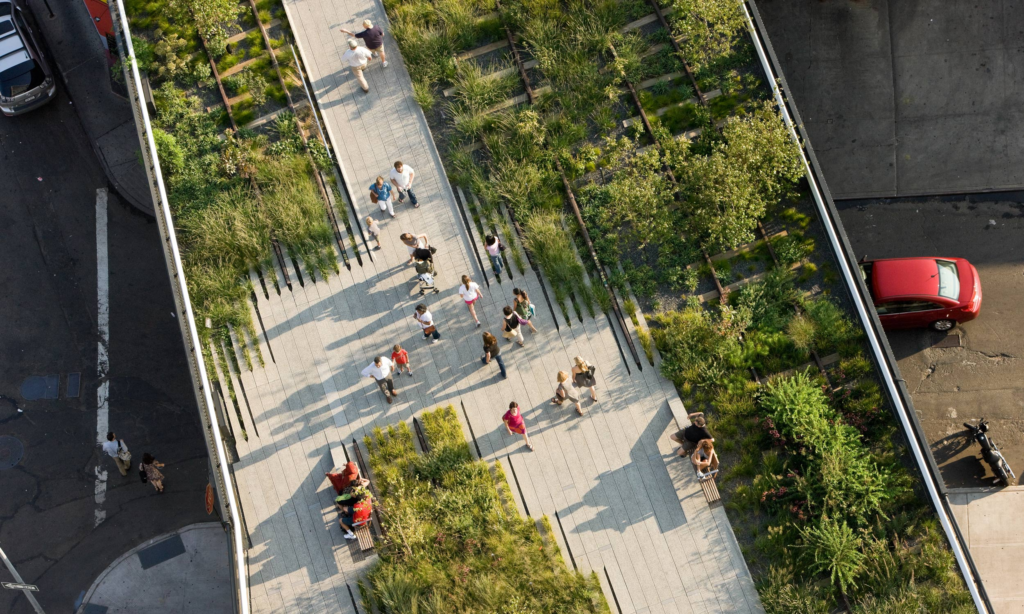
The High Line is a prime example of adaptive reuse, transforming an abandoned elevated railway into a vibrant urban park. Its accessible design features ramps, elevators, and wide pathways, ensuring that people of all abilities can enjoy this unique public space.
Maggie’s Centres, Various Locations
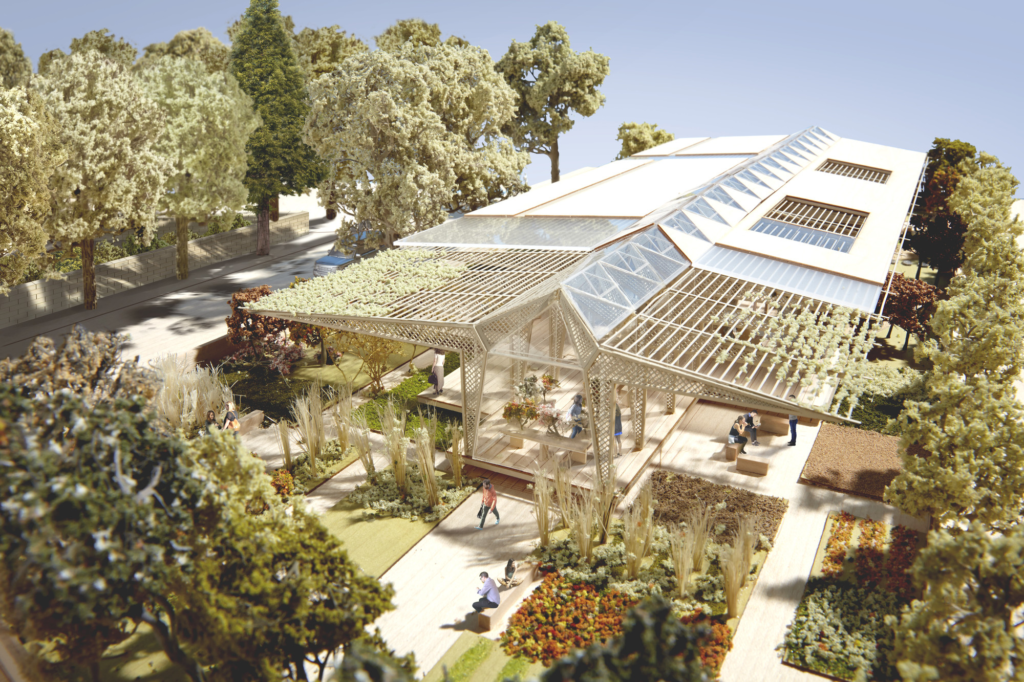
Maggie’s Centres is a network of cancer support centers that prioritize holistic, patient-centered design. Each center is designed to be welcoming and non-institutional, with natural light, cozy interiors, and peaceful gardens to provide a sense of comfort and solace to visitors.
The Sancaklar Mosque, Istanbul, Turkey
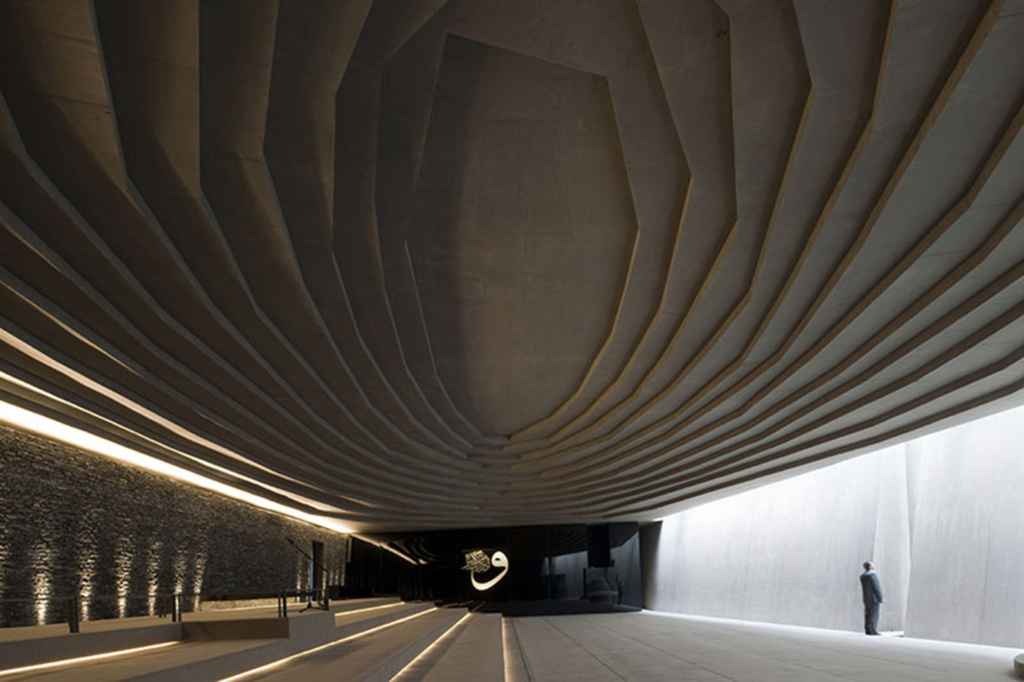
The Sancaklar Mosque is a striking example of contemporary mosque design that embraces inclusivity and openness. Its minimalist architecture and barrier-free design make it accessible to people of all faiths and backgrounds, fostering a sense of unity and connection within the community.
The Vancouver Public Library, Vancouver, Canada

The Vancouver Public Library is renowned for its commitment to accessibility and inclusivity. Its central branch features a range of design features to accommodate diverse users, including tactile signage, adjustable desks, and quiet spaces for those with sensory sensitivities.
The Treehouse Community, Easthampton, USA

The Treehouse Community is a multigenerational housing development designed to promote social inclusion and support foster families. Its innovative design features shared amenities and communal spaces, fostering a sense of community and connection among residents.
These are just a few examples of the many inspiring projects that demonstrate the power of inclusive architecture to create spaces that are accessible, welcoming, and empowering for all who inhabit them. By showcasing these projects, we can inspire architects and designers to prioritize social inclusion in their own work and contribute to the creation of more equitable built environments.
Impact of Inclusive Architecture
Inclusive architecture has a profound impact on both individuals and communities, shaping the way we interact with our built environment and fostering a sense of belonging and empowerment.
Community Cohesion
Inclusive architecture creates spaces that bring people together, fostering connections and relationships across diverse communities. By designing spaces that are accessible and welcoming to everyone, architects can help to break down social barriers and promote a sense of unity and belonging.
Empowerment
Inclusive architecture empowers individuals by providing them with the tools and resources they need to fully participate in society. Whether it’s through accessible buildings, inclusive public spaces, or supportive housing developments, architecture has the power to empower people of all abilities and backgrounds to live their lives to the fullest.
Quality of Life
Access to well-designed, inclusive spaces has a direct impact on people’s quality of life. From accessible housing to barrier-free public transportation, inclusive architecture ensures that everyone has access to the resources and amenities they need to thrive.
Social Justice
Inclusive architecture is inherently linked to social justice, as it seeks to address systemic inequalities and create a more equitable society. By prioritizing the needs of marginalized and underserved communities, architects can help to create a more just and inclusive world for all.
Environmental Sustainability
Inclusive architecture is also closely connected to environmental sustainability, as it promotes the efficient use of resources and the creation of resilient, adaptable spaces. By designing buildings and spaces that are accessible to everyone, architects can reduce the environmental impact of the built environment and create spaces that are truly sustainable for future generations.
Challenges and Considerations
While the principles of inclusive architecture are noble and aspirational, they are not without their challenges. Architects and designers face a range of obstacles in their efforts to create truly inclusive spaces.
Budget Constraints
Building inclusive spaces often requires additional resources and investments in accessibility features and universal design elements. However, budget constraints can make it difficult for architects to prioritize these considerations, especially in projects with limited funding.
Regulatory Requirements
While there are regulations and guidelines in place to ensure that buildings meet certain accessibility standards, these requirements may not always go far enough to address the diverse needs of all users. Architects must navigate a complex landscape of regulations and codes to create truly inclusive spaces.
Cultural Sensitivity
Inclusive design requires architects to consider the cultural norms, values, and traditions of different communities. However, cultural sensitivity can be challenging to navigate, especially in multicultural societies where norms and customs may vary widely.
Community Engagement
Meaningful community engagement is essential to the success of inclusive architecture projects, as it allows architects to understand the needs and preferences of the people who will be using the spaces. However, engaging diverse communities in the design process can be challenging, requiring time, resources, and cultural sensitivity.
Education and Awareness
Many architects and designers lack training and awareness of the principles of inclusive design, making it difficult for them to incorporate these considerations into their work. There is a need for greater education and training in inclusive architecture, as well as increased awareness of its importance among practitioners and stakeholders.
Despite these challenges, architects and designers continue to push the boundaries of inclusive design, finding innovative solutions to create spaces that are accessible, welcoming, and empowering for all. By addressing these challenges head-on and working collaboratively with communities and stakeholders, architects can help to create a more inclusive built environment for future generations.
Conclusion
Inclusive architecture is more than simply a design concept; it is a strong instrument for promoting social justice and community development. Architects and designers who prioritize social inclusion in their work may build environments that are accessible, friendly, and powerful for those who engage with them.
Throughout this blog post, we’ve looked at social inclusion in architecture, including its principles, examples, effects, and obstacles. From accessible public places to inclusive housing complexes, architecture has the power to alter how we live, work, and interact with our surroundings.
While there are obstacles to overcome, the benefits of inclusive architecture are apparent. Inclusive design has the capacity to alter lives and create a fairer society for everyone, from creating community cohesiveness and empowerment to supporting social justice and environmental sustainability.
As we progress, let us continue to promote social inclusion in our designs, connect with different groups and stakeholders, and push the frontiers of what is possible in architecture. Working together, we can build a constructed environment that represents the complexity and diversity of the human experience while also promoting the well-being and flourishing of everyone who lives in it.

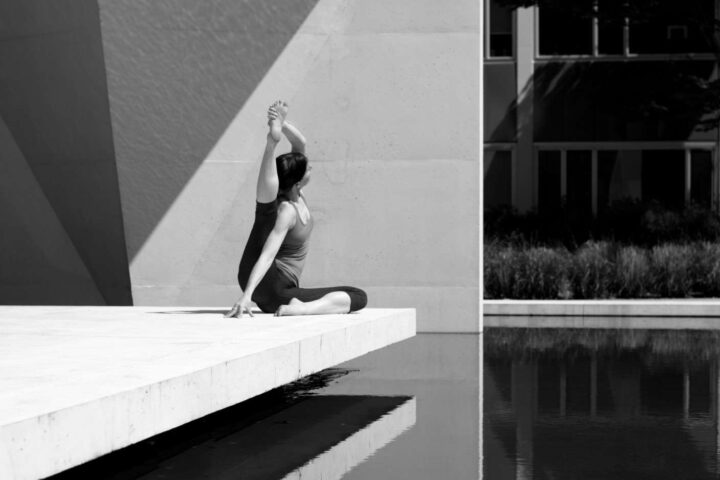
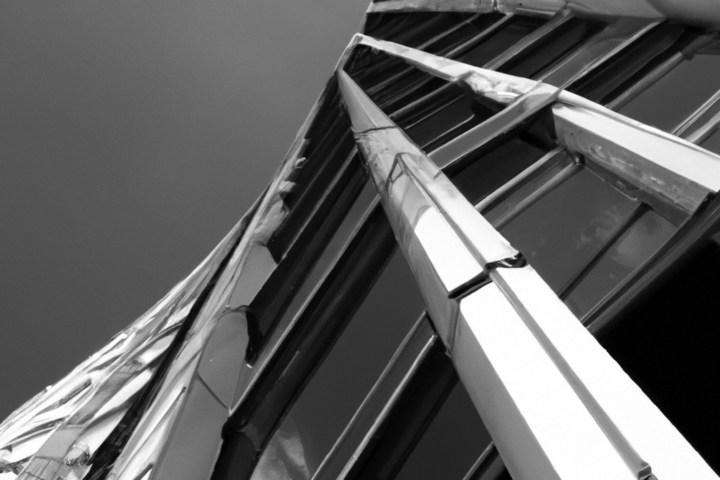
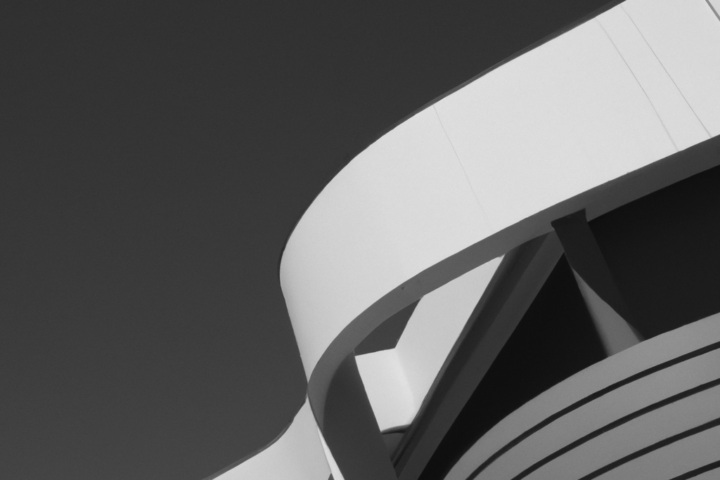
One Comment
Abhinav Solanki
It’s so important to have socially inclusive design that is sustainable and people-friendly. Thank you for highlighting the influence